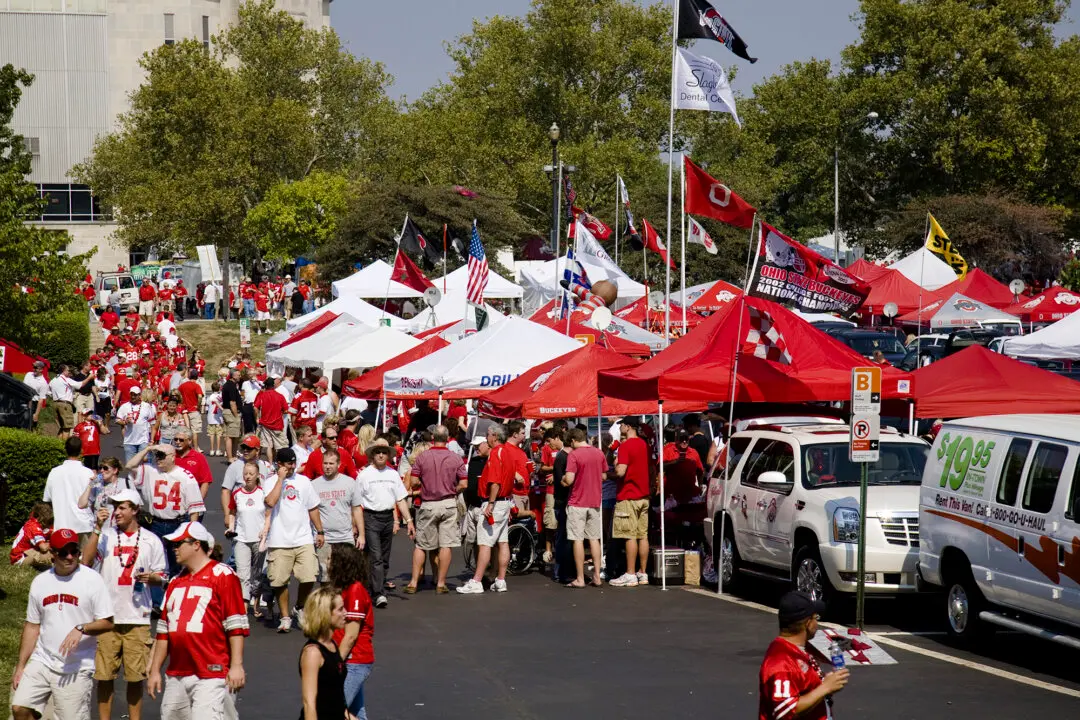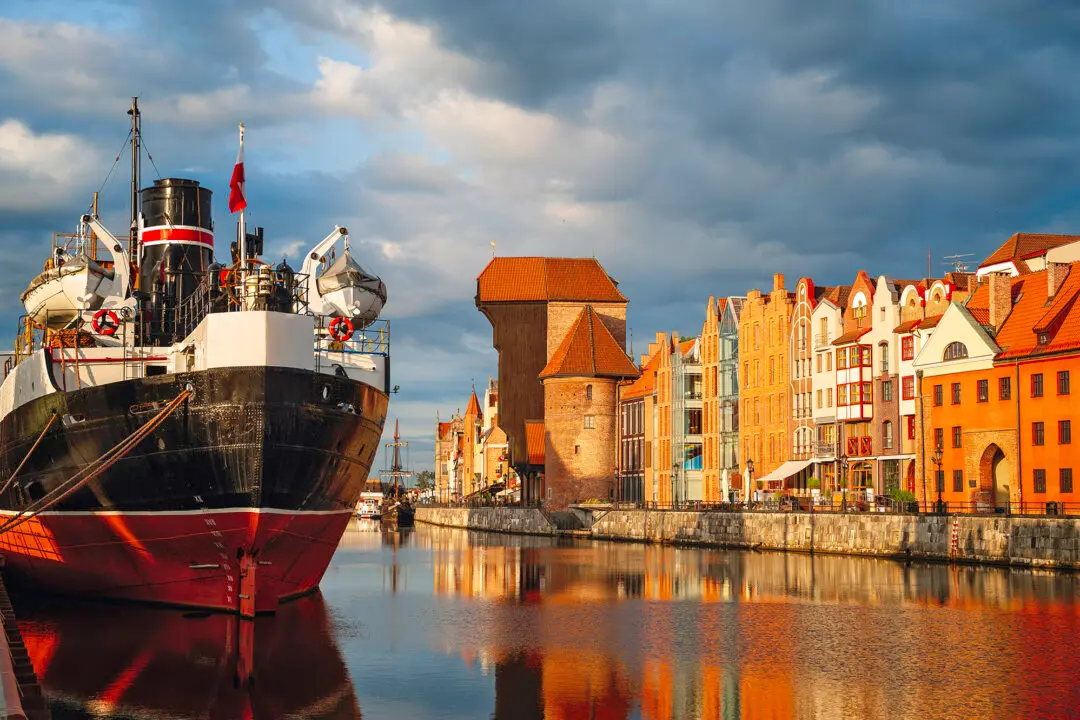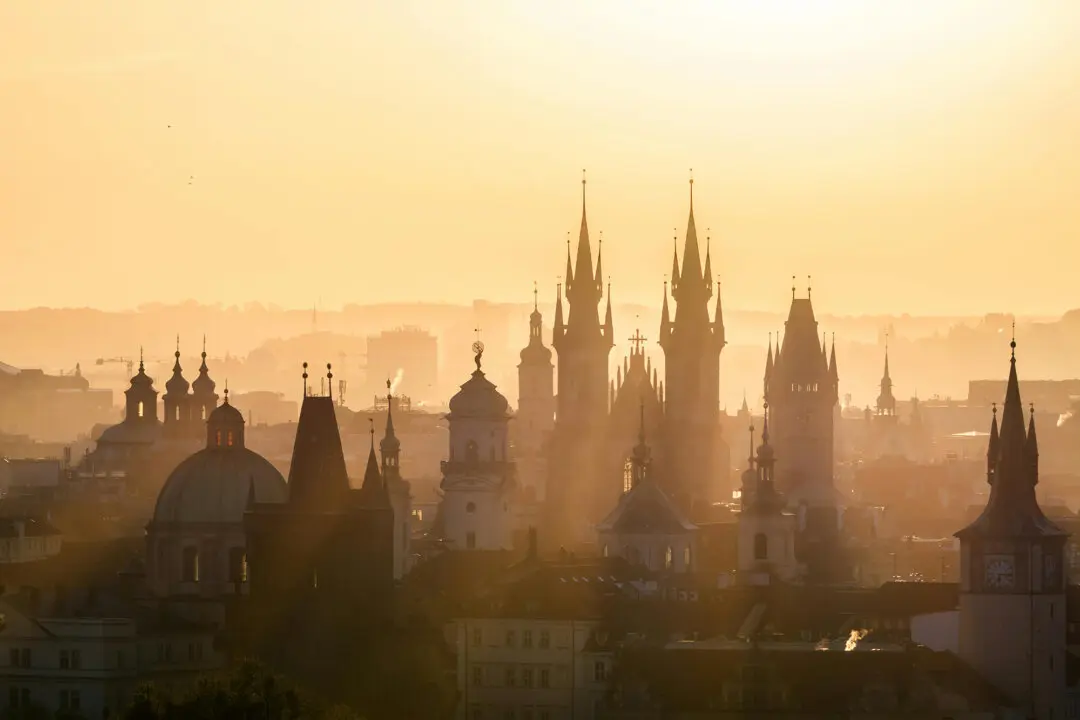It’s one of America’s most storied drives, and greatest road traditions, traveling from Atlantic to Pacific, between the country’s two largest cities. The journey is celebrated in history, and literature (from “The Grapes of Wrath” to “On the Road”), very much a part of the nation’s fabric. From wagon trains stabbing westward to the days when America got its kicks on Route 66, people have long made their way from coast to coast.
Leaving the grips of New York City, the country opens up. From the multi-lane traffic in New Jersey, into the green heights of the Appalachians, through the broadening skies of the Midwest, the drive takes you down through the desert, all the way to the sea. Those in a hurry can make a Cannonball Run—the unsanctioned, unofficial speed record spanning almost 3,000 miles (celebrated in a 1981 film of the same name)—in just a little more than 25 hours, with a team traveling at an average speed of 110 miles per hour. But really, that’s not the way to do it. Take your time. Five days is ambitious. Even with a week, you’ll still miss a few things. Build in enough days to see everything you can, before you watch the sun sink into the Pacific.





